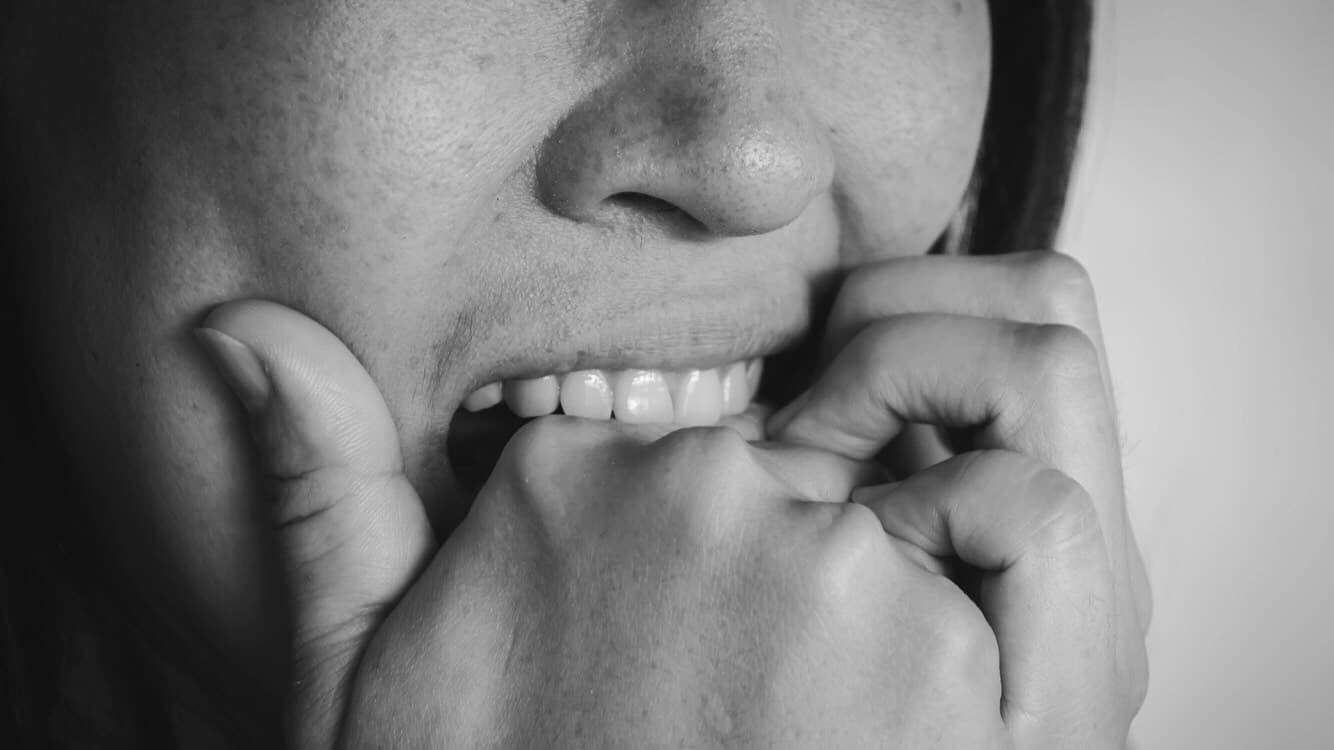Almost all human beings suffer from some form or level of mental health issue. Even the most balanced individuals will still have some tendencies towards certain behaviors that only become disorders under the right conditions. While millions of individuals may have some mild symptoms of Obsessive Compulsive Disorder, only a relative few will experience obsessive or compulsive tendencies to the degree that it will actually become a legitimate disorder.
When obsessive or compulsive tendencies grow out of control and begin to interfere with an individual’s mental health, work or relationships, that’s when it might be time to seek treatment. Here are some of the most common OCD symptoms and how to tell if you or someone you know might need treatment for them.
1. Fear of germs, dirt or contamination
One of the primary keys to understanding Obsessive Compulsive Disorder is that it often manifests itself as a highly irrational and overwhelming fear. Most people develop a keen awareness of germs and bacteria during cold and flu season and may even at times take caution to the extreme, but there is a rationale behind their actions. They have a legitimate low-grade fear of a real potential threat. One of the key indicators of OCD is that it is a highly irrational fear taken to the extreme.
2. Overpowering need for order and symmetry
Individuals who are genuinely suffering from ocd symptoms have a complete and utter inability to relax unless everything is neat, tidy, and symmetrical. They often have difficulty going new places where things are out of their control. They prefer their own safe environments where they can keep everything exactly the way they need it to be. In addition, however, they will obsessively fix things that don’t need fixing. They may straighten the silverware in the silverware drawer numerous times, even though it is already perfectly symmetrical. Even when everything is perfect and exactly orderly and symmetrical, they still can’t relax. This utter inability to relax is one of many more serious obsessive-compulsive disorder symptoms.
3. Recurring vivid, powerful thoughts about harming yourself or others
Doubt and guilt are two major drivers of ocd symptoms, which means punishment also plays a powerful role in obsessive-compulsive disorder. While the sufferer may not associate their violent fantasies with punishment, that is often the underlying motivator. While we all may have the occasional violent fantasies about our ex, our demeaning boss or our overly aggressive neighbor, most people are able to simply experience them and put them aside. The key underlying factor that sets obsessive-compulsive disorder symptoms apart from more “normal” behavior is the constant, unceasing nature of the thoughts and images. They literally consume a person until they can think of nothing else. No matter what else they might do, those thoughts are always with them. They will often begin to distance themselves from others or anything that actually distracts them from their violent fantasies.
4. Inability to control thoughts around sexual, religious, or violent themes
Many people that grow up in religious environments may experience occasional bouts of guilt or shame over certain actions or activities. People that exhibit strong ocd symptoms, however, will be incapable of escaping, avoiding or controlling these thoughts. There is nothing they can do to overcome their deep-seated feelings of guilt or shame and that is where the compulsive tendencies come from. They may only feel “clean” if they scrub themselves relentlessly, so they will scrub themselves until they are sometimes raw and bleeding. The compulsive acts associated with OCD are most often the ways in which individuals with ocd symptoms will attempt to manage the obsessive thoughts that drive them.
5. Inability to not engage in certain actions
The obsessive thoughts that drive ocd symptoms are sometimes hard to nail down because they don’t always follow an exact pattern and individuals are not always aware that their own thought life is not “normal.” The resultant compulsive behaviors, however, are external signs of an internal condition. When people have to get up in the middle of the night to check and see if the cans in their cupboard are all straight or have a meltdown if the coffee mugs in the company break room are not all perfectly aligned, this is a good indication that professional intervention may be necessary.
OCD is, in some ways, a much more serious version of what we all did as children. OCD is a way of managing a world that seems largely out of our control. As children, we all had irrational fears such as monsters under the bed or in the closet at night. We might even have had vivid fantasies about the monsters eating us, ripping us apart or carrying us away. In response, most children devise a series of “rules” that will keep them safe from the monsters, such as keeping your feet up on the bed or keeping a night light on.
OCD is essentially these same behaviors carried into adulthood and taken to the extreme. While there is currently no “cure” for OCD, there are a wide range of coping strategies that sufferers of OCD can use to help keep their obsessive thoughts and the resulting compulsive behaviors at bay.


















